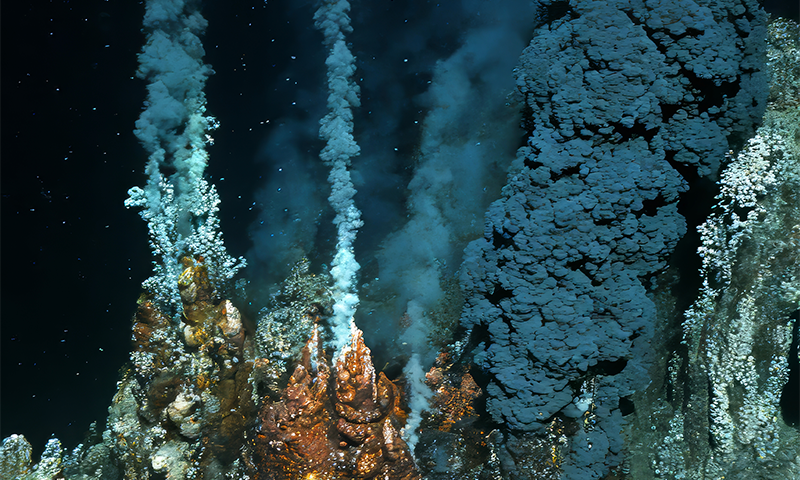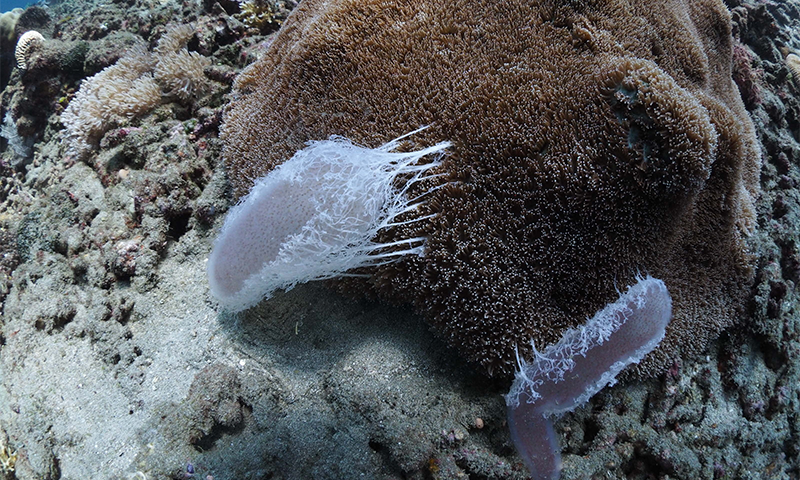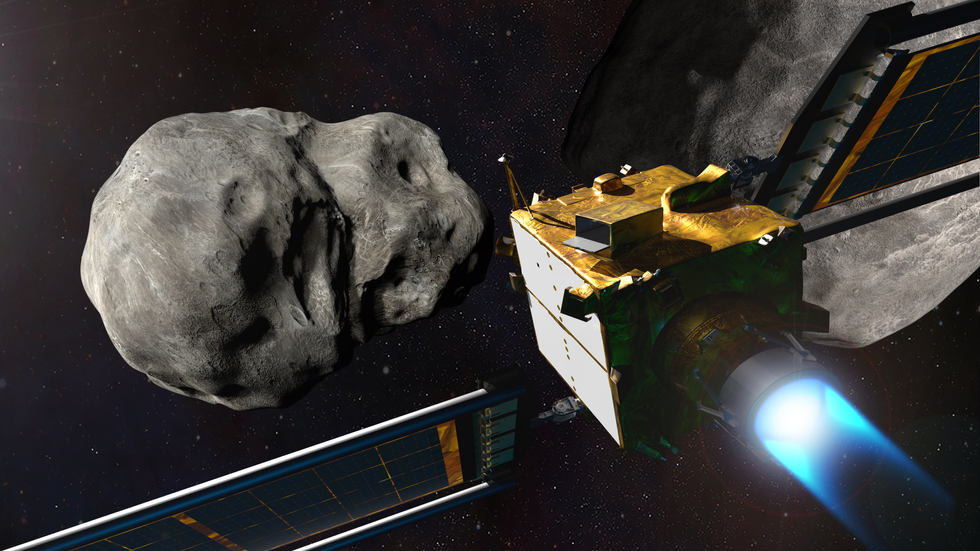Now Reading: Tracing the Origins of Life: The Hunt for Eukaryotes’ Ancestor
-
01
Tracing the Origins of Life: The Hunt for Eukaryotes’ Ancestor
Tracing the Origins of Life: The Hunt for Eukaryotes’ Ancestor

Quick Summary:
- The article recounts a deep-sea exploration in the Sea of Cortez using the alvin submersible to study hydrothermal vents over a mile beneath the ocean surface.
- The author discovered DNA sequences from mysterious microbes that challenge classification as archaea, bacteria, or eukaryotes. These were later named Lokiarchaeota, suggesting they might be closely related to early eukaryotic life forms.
- Scientists struggled for decades to culture and study Lokiarchaeota until 2020 when they succeeded and photographed them in detail. The organism was named Prometheoarchaeum syntrophicum after Prometheus, reflecting its potential significance as a progenitor of all eukaryotic life.
- Key features of the microbes include their ability to form aggregates, genetic similarities with eukaryotes (e.g.,cell conveyor proteins),and appendages that may have helped early cells interact with bacteria like proto-mitochondria.
Image:
Indian Opinion Analysis:
This finding has broader implications for India’s scientific research priorities and focus on understanding life’s origins both on Earth and potentially elsewhere in space exploration efforts like those driven by ISRO (Indian Space Research Organisation). as hydrothermal vent organisms offer clues about early evolution-including how mitochondria originated-investments into microbiology and marine biology could align with India’s ambitious goals such as advancements in astrobiology or sustainable biotechnology advancement.
Hydrothermal vent explorations also highlight innovative engineering solutions for extreme environments-areas where India has strengths through its developing capabilities in robotics and deep-sea vehicles (e.g., Samudrayaan project). Such international findings underscore opportunities for collaborations that can place India within global scientific dialogues.
Neutral reflection suggests incorporating these insights into education systems so future research capacity grows even further across disciplines intertwining biology, geology, astrophysics, and environmental studies.























